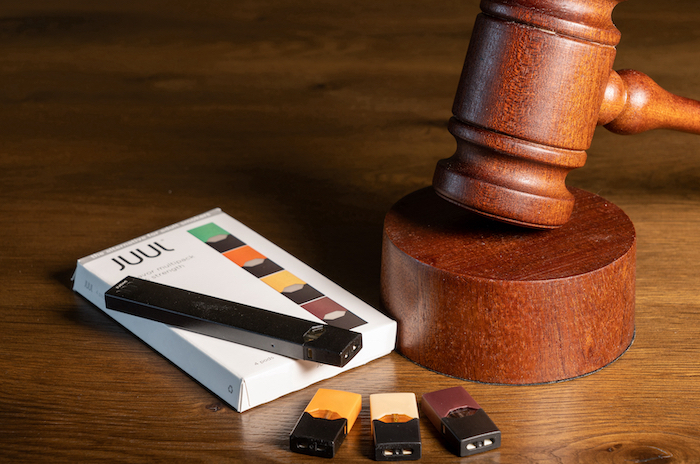Plus: Vaping linked to mental fog; casual cigarette smokers can be addicted, too; and COVID has meant less drinking for college students
By William Wagner
January 5, 2021The legal blood alcohol concentration (BAC) limit for U.S. drivers is 0.08%, but it turns out that might be too high. Scientists at NASA’s Ames Research Center in California concluded that a BAC as low as 0.015% can affect your ability to drive safely. We also look at vaping’s potential harm to cognitive functioning, the addiction dangers of even moderate cigarette smoking, and the effect the COVID-19 pandemic has had on drinking among college students.
From The Journal of Physiology:
Alcohol Consumption and Diminished Driving Skills
A NASA study designed to detect “dose‐dependent impairment in oculomotor and ocular behaviors across a range of ultra‐low BACs” could inform our everyday lives on the road. NASA wanted to find out how various stressors might diminish human performance within and outside Earth’s atmosphere, and it used alcohol as a proxy. The study determined the extent to which hand-eye coordination is impacted by even modest amounts of alcohol. “Processing of target speed and direction, as well as pursuit eye movements, are significantly impaired at 0.015% BAC, suggesting impaired neural activity within brain regions associated with the visual processing of motion,” the researchers report in The Journal of Physiology. The question is, will these findings trickle down to policymakers?
Processing of target speed and direction, as well as pursuit eye movements, are significantly impaired at 0.015% BAC, suggesting impaired neural activity within brain regions associated with the visual processing of motion.”—study, The Journal of Physiology
From Tobacco Induced Diseases and PLOS ONE:
Vaping Linked to Mental Fog
Since vaping is a relatively recent phenomenon, there is much to learn about its effects. And researchers are increasingly on the case, churning out study after study. Two new ones come out of the University of Rochester Medical Center and are published in Tobacco Induced Diseases and PLOS ONE. The pieces center on the cognitive ramifications of vaping on youths and adults, including difficulties with concentration, memory and decision-making. The underlying message of this research, as well as reams of previous research, is simple: Vaping isn’t a safe alternative to tobacco use.
From the American Journal of Preventative Medicine:
Even Casual Cigarette Smokers Can Be Addicted
Speaking of tobacco, it remains as much of a killer as ever. In fact, according to the Centers for Disease Control and Prevention (CDC), tobacco use is the leading preventable cause of death in the United States. It’s also addictive as hell—just ask anyone who’s tried to quit smoking or dipping. Or peruse a 2020 study by researchers from Penn State College of Medicine and Duke University. They posit that even so-called light smokers (defined as those who have one to four cigarettes a day) can be classified as addicted. The findings, published in the American Journal of Preventative Medicine, help to dispel the myth that “[l]ighter smoking is…less harmful.”
From the Journal of Studies on Alcohol and Drugs:
COVID Curbs College Drinking
An unexpected silver lining from the COVID-19 pandemic: It has reduced drinking among college students. The reason, of course, is that many of these young adults moved home with their parents and began taking classes remotely after the pandemic took hold. Lead researcher Helene R. White, Ph.D., distinguished professor emerita with the Center of Alcohol & Substance Use Studies at Rutgers, and her team surveyed more than 300 college students a couple months after COVID led to widespread campus shutdowns. Said White in a news release, “Drinking is a social behavior for college students, and without social interaction, students are less likely to drink heavily. Living with parents may especially interfere with social interaction with peers and thereby be protective against heavy drinking.”
Photo: Tobias Seward














